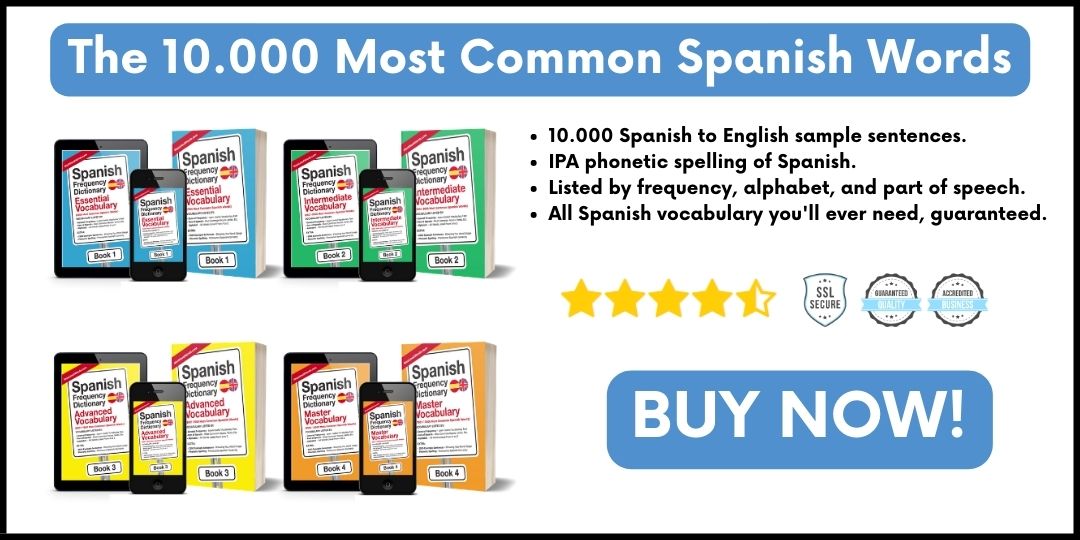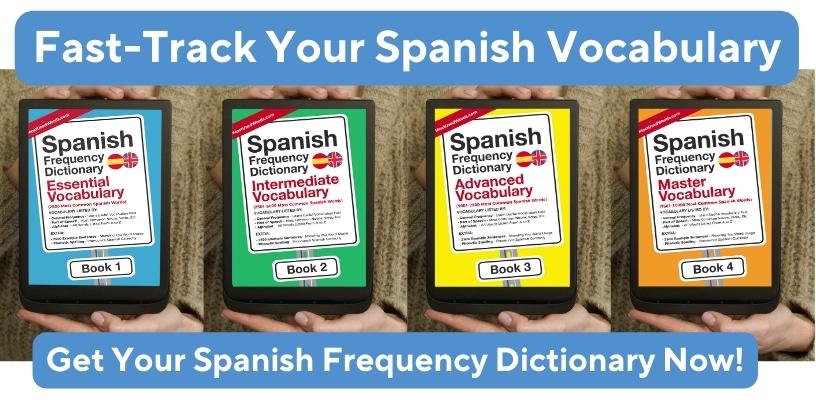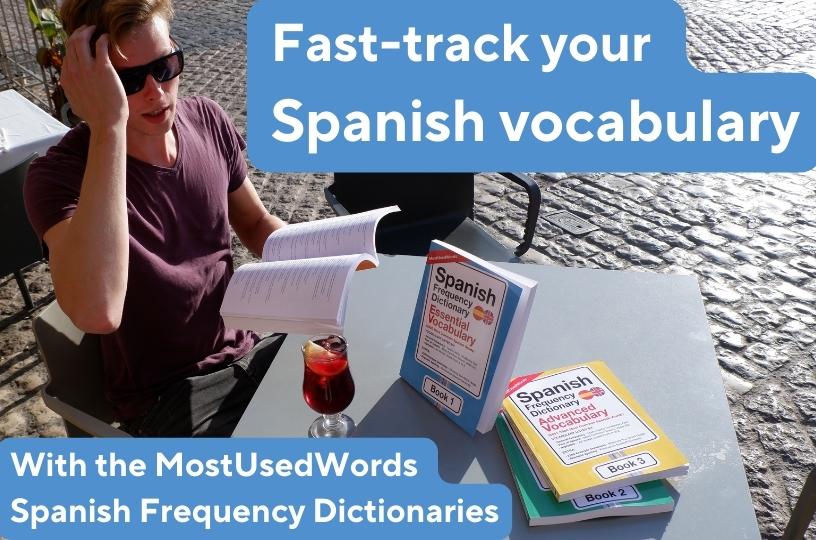How To Say "Candy" In Spanish
Are you a candy lover and want to learn how to say "candy" in Spanish? Well, you have come to the right place! In this article, we will explore the different ways to say "candy" in Spanish, its meaning, and how it varies by region.
Fast track your vocabulary with the 10.000 most common Spanish words!
What is "Candy" in Spanish?
The word "candy" can be translated to Spanish as "caramelo" (IPA: /kara.ˈmelo/). It is a common word that refers to any type of sweet, often bite-sized confectionery.
Meaning of "Candy" in Spanish
In Spain, the word "candy" is commonly used to refer to small, hard, and sugary candies. On the other hand, in Latin American countries, the word is used more generally to describe all types of sweets, including chocolates and gummies.
4 eBooks of the Spanish Frequency Dictionaries series by MostUsedWords
Translating of "Candy" to Spanish
Here are some different ways to say "candy" in Spanish:
- Caramelo: This is the most common translation of "candy" in Spanish. It can refer to any type of sweet confectionery.
- Dulces (IPA: /ˈdul.θes/): This word can be used as a synonym for "caramelo" and refers to any type of sweets or candies.
- Golosinas (IPA: /ɡo.lo.ˈsi.nas/): This word is more commonly used in Latin American countries and refers to a wider range of sweet treats, including candies, chocolates, and gummies.
- Chucherías (IPA: /tʃu.tʃe.ˈɾi.as/): This word is often used in Spain to refer to candies or other sweet treats.
- Caramelos duros (IPA: /kaɾa.ˈme.los ˈdu.ɾos/): This phrase is used to specifically refer to hard candies.
Regional Differences
As mentioned earlier, the use of the word "candy" can vary by region. For example:
- In Spain, the word "candy" is commonly used to refer to small, hard, and sugary candies.
- In Mexico and other Latin American countries, "golosinas" is a more commonly used word to describe sweets and candies.
- In Argentina, the word "sweets" or "dulces" is often used to refer to any type of sweet, including candies.
You can find the paperbacks on Amazon (we have frequency dictionaries for beginners, intermediates, advanced and near-fluent students), or get the eBooks directly from us here. (They are affiliate links. That means we might get a small commission if you make a purchase after clicking these links, at no extra cost to you.)
How to Say "Candy" in Spanish: Sample Sentences
Here are five sample sentences you can use to say "candy" in Spanish:
- ¿Quieres un caramelo?
(Do you want a candy?)
- Me encanta comer golosinas después de la cena.
(I love eating sweets after dinner.)
- Compré algunas chucherías para los niños.
(I bought some candies for the kids.)
- ¿Has probado los caramelos duros de menta?
(Have you tried the hard mint candies?)
- No puedo resistirme a las dulces de leche.
(I can't resist the milk candies.)
Conclusion
In conclusion, "candy" in Spanish can be translated as "caramelo", "dulces", "golosinas", "chucherías", or "caramelos duros". It is important to note that the use of these words can vary by region. Hopefully, this article has helped you learn how to say "candy" in Spanish and provided some insight into its meaning and regional differences. Enjoy your sweets!


